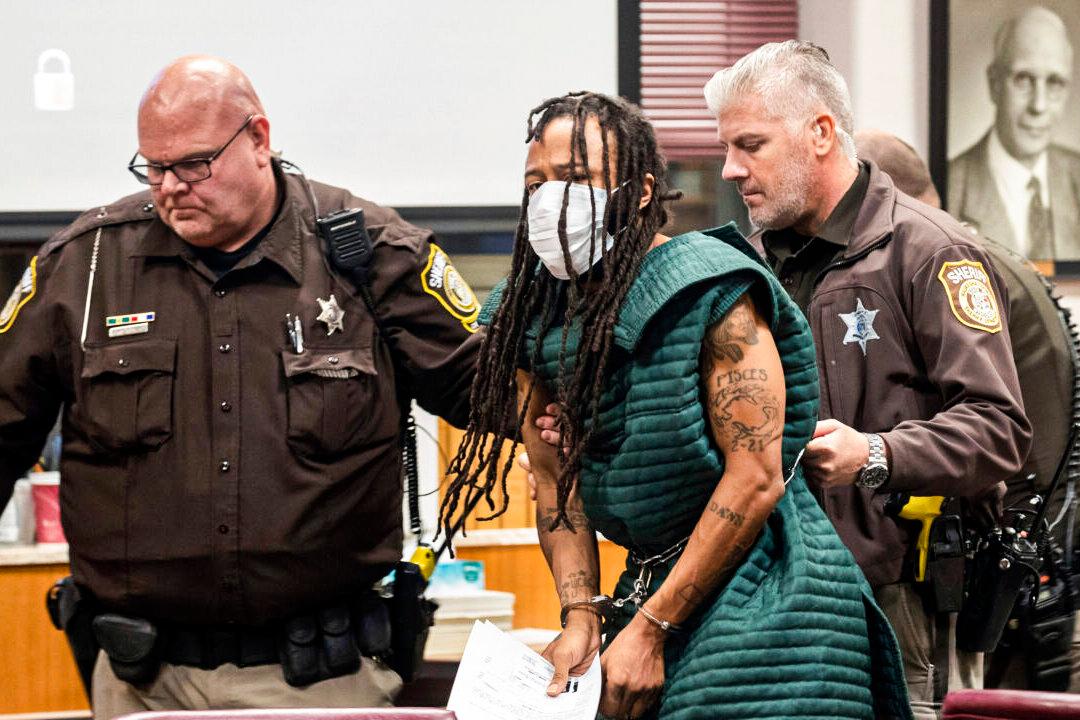When Darrell Brooks allegedly rammed his SUV into the Waukesha Christmas parade—killing six people and injuring dozens—he had two violent felony cases open in Milwaukee County Circuit Court.
In one open felony case, Brooks is accused of firing his handgun into a moving car. In the other, he’s accused of running over the mother of his child—with the same car he’s accused of using days later in the parade attack.





